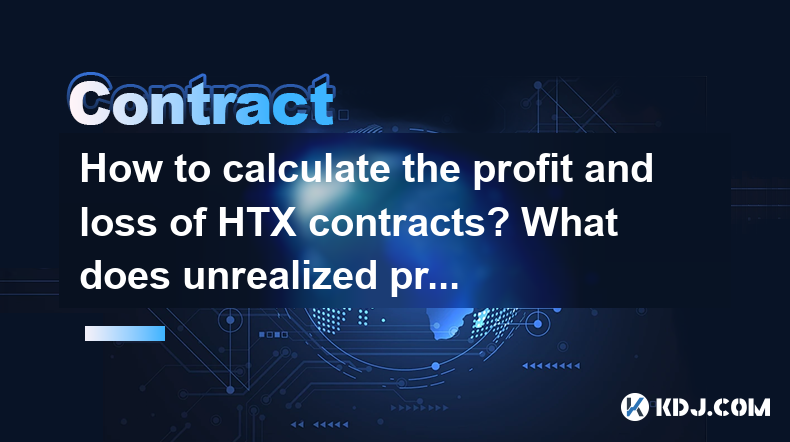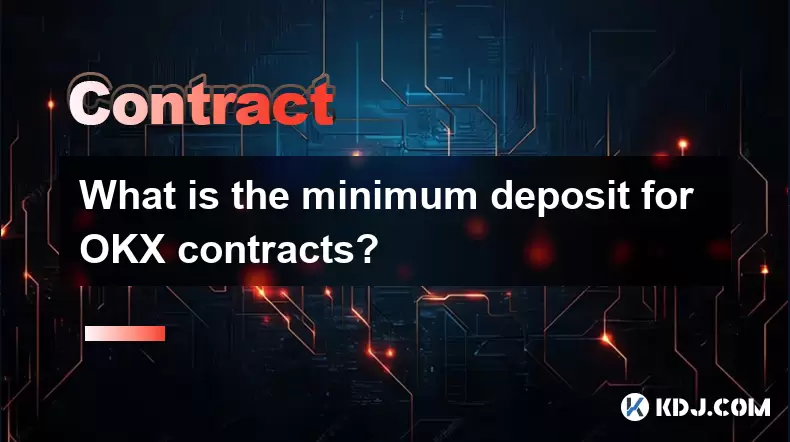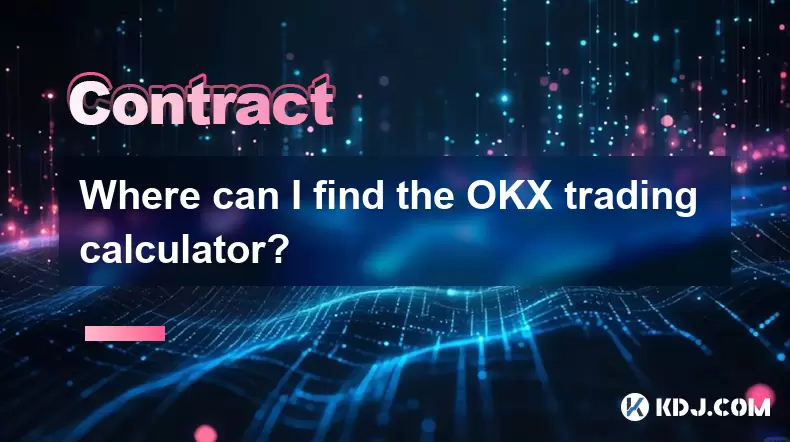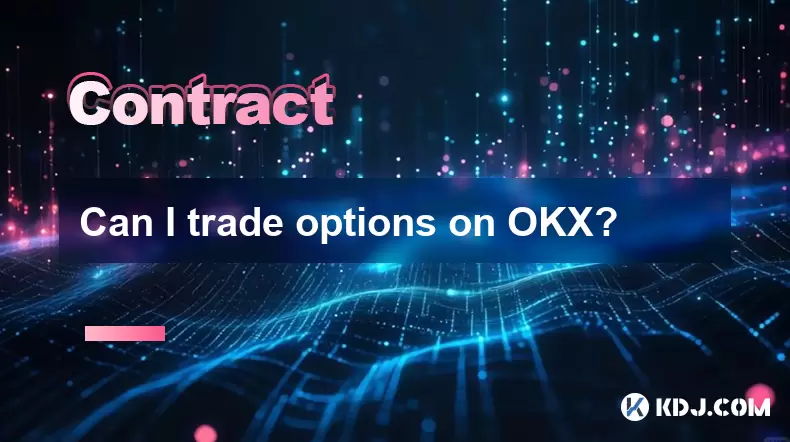-
 Bitcoin
Bitcoin $117500
2.15% -
 Ethereum
Ethereum $3911
6.19% -
 XRP
XRP $3.316
10.79% -
 Tether USDt
Tether USDt $1.000
0.01% -
 BNB
BNB $787.2
2.24% -
 Solana
Solana $175.2
4.15% -
 USDC
USDC $0.9999
0.00% -
 Dogecoin
Dogecoin $0.2225
8.40% -
 TRON
TRON $0.3383
0.28% -
 Cardano
Cardano $0.7868
6.02% -
 Stellar
Stellar $0.4382
9.34% -
 Hyperliquid
Hyperliquid $40.92
7.56% -
 Sui
Sui $3.764
7.63% -
 Chainlink
Chainlink $18.48
10.66% -
 Bitcoin Cash
Bitcoin Cash $582.1
1.88% -
 Hedera
Hedera $0.2601
6.30% -
 Avalanche
Avalanche $23.33
4.94% -
 Ethena USDe
Ethena USDe $1.001
0.02% -
 Litecoin
Litecoin $122.3
2.04% -
 UNUS SED LEO
UNUS SED LEO $8.969
-0.27% -
 Toncoin
Toncoin $3.339
0.86% -
 Shiba Inu
Shiba Inu $0.00001287
4.30% -
 Uniswap
Uniswap $10.43
7.38% -
 Polkadot
Polkadot $3.861
5.08% -
 Dai
Dai $1.000
0.02% -
 Bitget Token
Bitget Token $4.513
3.41% -
 Monero
Monero $267.7
-6.18% -
 Cronos
Cronos $0.1499
4.14% -
 Pepe
Pepe $0.00001110
5.15% -
 Aave
Aave $284.9
8.28%
How to calculate the profit and loss of HTX contracts? What does unrealized profit and loss represent?
HTX, formerly Huobi, offers futures and options contracts; calculating P&L involves entry/exit prices, contract size, and leverage for effective crypto trading.
May 02, 2025 at 08:57 am

Introduction to HTX Contracts
HTX, formerly known as Huobi, is a leading cryptocurrency exchange that offers a variety of trading products, including futures and options contracts. Understanding how to calculate the profit and loss (P&L) of these contracts is crucial for traders looking to navigate the volatile crypto markets effectively. In this article, we will delve into the specifics of calculating P&L for HTX contracts and explore the concept of unrealized profit and loss.
Understanding HTX Futures Contracts
HTX futures contracts are agreements to buy or sell a cryptocurrency at a predetermined price on a specified future date. These contracts are standardized and traded on the HTX platform, allowing traders to speculate on the future price movements of cryptocurrencies without owning the underlying asset.
To calculate the profit and loss of HTX futures contracts, you need to consider several key factors:
- Entry Price: The price at which you entered the contract.
- Exit Price: The price at which you exit the contract.
- Contract Size: The amount of cryptocurrency covered by one contract.
- Leverage: The amount of borrowed funds used to increase the potential return of an investment.
Calculating Profit and Loss for HTX Futures Contracts
To calculate the profit and loss of an HTX futures contract, follow these steps:
- Determine the Price Difference: Subtract the entry price from the exit price to find the price difference.
- Calculate the Profit or Loss per Contract: Multiply the price difference by the contract size.
- Adjust for Leverage: If leverage is used, multiply the profit or loss per contract by the leverage ratio.
Here is an example to illustrate this process:
- Suppose you enter a long position on a Bitcoin futures contract at an entry price of $30,000.
- You exit the position at an exit price of $32,000.
- The contract size is 1 BTC.
- You are using 10x leverage.
The calculation would be as follows:
- Price Difference: $32,000 - $30,000 = $2,000
- Profit per Contract: $2,000 1 BTC = $2,000
- Adjusted Profit: $2,000 10 = $20,000
In this example, your profit from the futures contract would be $20,000.
Understanding HTX Options Contracts
HTX options contracts give the buyer the right, but not the obligation, to buy or sell a cryptocurrency at a specified price (strike price) before or on a certain date (expiration date). There are two types of options: call options and put options.
- Call Options: Give the buyer the right to buy the underlying asset.
- Put Options: Give the buyer the right to sell the underlying asset.
Calculating the profit and loss of HTX options contracts involves different considerations compared to futures contracts:
- Premium: The price paid for the option.
- Strike Price: The price at which the option can be exercised.
- Underlying Asset Price: The current market price of the cryptocurrency.
Calculating Profit and Loss for HTX Options Contracts
To calculate the profit and loss of an HTX options contract, follow these steps:
For Call Options:
- In-the-Money (ITM): If the underlying asset price is above the strike price, the profit is calculated as the difference between the underlying asset price and the strike price, minus the premium paid.
- Out-of-the-Money (OTM): If the underlying asset price is below the strike price, the loss is equal to the premium paid.
For Put Options:
- In-the-Money (ITM): If the underlying asset price is below the strike price, the profit is calculated as the difference between the strike price and the underlying asset price, minus the premium paid.
- Out-of-the-Money (OTM): If the underlying asset price is above the strike price, the loss is equal to the premium paid.
Here is an example to illustrate this process:
- Suppose you buy a call option on Bitcoin with a strike price of $30,000 and a premium of $1,000.
- At expiration, the underlying asset price is $32,000.
The calculation would be as follows:
- Profit: ($32,000 - $30,000) - $1,000 = $1,000
In this example, your profit from the call option would be $1,000.
What is Unrealized Profit and Loss?
Unrealized profit and loss refer to the potential profit or loss on a position that has not yet been closed. It represents the difference between the current market price and the entry price of a contract.
For HTX futures contracts, unrealized P&L is calculated as follows:
- Long Position: (Current Market Price - Entry Price) Contract Size Leverage
- Short Position: (Entry Price - Current Market Price) Contract Size Leverage
For HTX options contracts, unrealized P&L is calculated based on the current market price of the underlying asset and the option's intrinsic value:
- Call Options: Max(0, Current Market Price - Strike Price) - Premium Paid
- Put Options: Max(0, Strike Price - Current Market Price) - Premium Paid
Unrealized P&L is important because it provides traders with a real-time estimate of their potential gains or losses if they were to close their positions at the current market price.
Monitoring and Managing Unrealized Profit and Loss
To effectively manage unrealized profit and loss on HTX contracts, consider the following strategies:
- Set Stop-Loss Orders: Use stop-loss orders to automatically close positions if the market moves against you, limiting potential losses.
- Take-Profit Orders: Set take-profit orders to lock in profits when the market moves in your favor.
- Regular Monitoring: Keep a close eye on market movements and adjust your positions accordingly to manage unrealized P&L.
Frequently Asked Questions
Q1: Can I calculate the profit and loss of HTX contracts manually, or do I need to use a specific tool?
A1: You can calculate the profit and loss of HTX contracts manually using the formulas provided in this article. However, HTX also offers built-in tools and calculators on their platform that can simplify the process and provide real-time data.
Q2: How does the expiration date affect the profit and loss of HTX options contracts?
A2: The expiration date of HTX options contracts is crucial because it determines the last day on which the option can be exercised. If the option is in-the-money at expiration, the profit and loss are calculated based on the difference between the strike price and the underlying asset price, minus the premium paid. If the option is out-of-the-money at expiration, it expires worthless, and the loss is equal to the premium paid.
Q3: What happens if I hold an HTX futures contract until the settlement date?
A3: If you hold an HTX futures contract until the settlement date, the contract will be settled based on the final settlement price. If you are in a long position and the settlement price is higher than your entry price, you will realize a profit. If the settlement price is lower, you will realize a loss. The opposite applies if you are in a short position.
Q4: How can I minimize the risk of unrealized losses on HTX contracts?
A4: To minimize the risk of unrealized losses on HTX contracts, consider using risk management tools such as stop-loss orders, diversifying your portfolio, and regularly monitoring market conditions. Additionally, avoid over-leveraging your positions, as this can amplify both potential gains and losses.
Disclaimer:info@kdj.com
The information provided is not trading advice. kdj.com does not assume any responsibility for any investments made based on the information provided in this article. Cryptocurrencies are highly volatile and it is highly recommended that you invest with caution after thorough research!
If you believe that the content used on this website infringes your copyright, please contact us immediately (info@kdj.com) and we will delete it promptly.
- Bitcoin, Meme ICOs, and FOMO: Catching the Next Crypto Wave
- 2025-08-08 18:30:34
- OM, Investment, and Growth: Decoding the Latest Trends in Digital Assets
- 2025-08-08 18:30:34
- SNEK, Cardano, and the Contributor's Conundrum: A Meme Coin's Fight for Recognition
- 2025-08-08 16:30:12
- Toshi Crypto's Wild Ride: Rally, Demand Slump, and What's Next
- 2025-08-08 16:30:12
- Ethereum, Staking Yields, and DeFi Exposure: A New Era for Investors?
- 2025-08-08 15:10:12
- Unilabs Pumps MIA, Binance Coin Bouncing Back, and Ethereum's Bearish Blues
- 2025-08-08 15:10:12
Related knowledge

What is the distinction between mark price and last price on KuCoin?
Aug 08,2025 at 01:58pm
Understanding the Basics of Price in Cryptocurrency TradingIn cryptocurrency exchanges like KuCoin, two key price indicators frequently appear on trad...

What are the specific maker and taker fees on KuCoin Futures?
Aug 08,2025 at 08:28am
Understanding Maker and Taker Fees on KuCoin FuturesWhen trading on KuCoin Futures, users encounter two primary types of fees: maker fees and taker fe...

What is the maximum leverage available on KuCoin Futures?
Aug 08,2025 at 10:21am
Understanding Leverage in KuCoin Futures TradingLeverage in KuCoin Futures allows traders to control a larger position size using a smaller amount of ...

What is the minimum deposit for OKX contracts?
Aug 08,2025 at 07:00am
Understanding OKX Contract Trading BasicsOKX is one of the leading cryptocurrency derivatives exchanges, offering a wide range of perpetual and future...

Where can I find the OKX trading calculator?
Aug 08,2025 at 07:49am
Understanding the OKX Trading Calculator FunctionalityThe OKX trading calculator is a powerful analytical tool designed to assist traders in estimatin...

Can I trade options on OKX?
Aug 08,2025 at 11:01am
Understanding Options Trading on OKXYes, you can trade options on OKX. OKX is one of the leading cryptocurrency derivatives exchanges that offers a de...

What is the distinction between mark price and last price on KuCoin?
Aug 08,2025 at 01:58pm
Understanding the Basics of Price in Cryptocurrency TradingIn cryptocurrency exchanges like KuCoin, two key price indicators frequently appear on trad...

What are the specific maker and taker fees on KuCoin Futures?
Aug 08,2025 at 08:28am
Understanding Maker and Taker Fees on KuCoin FuturesWhen trading on KuCoin Futures, users encounter two primary types of fees: maker fees and taker fe...

What is the maximum leverage available on KuCoin Futures?
Aug 08,2025 at 10:21am
Understanding Leverage in KuCoin Futures TradingLeverage in KuCoin Futures allows traders to control a larger position size using a smaller amount of ...

What is the minimum deposit for OKX contracts?
Aug 08,2025 at 07:00am
Understanding OKX Contract Trading BasicsOKX is one of the leading cryptocurrency derivatives exchanges, offering a wide range of perpetual and future...

Where can I find the OKX trading calculator?
Aug 08,2025 at 07:49am
Understanding the OKX Trading Calculator FunctionalityThe OKX trading calculator is a powerful analytical tool designed to assist traders in estimatin...

Can I trade options on OKX?
Aug 08,2025 at 11:01am
Understanding Options Trading on OKXYes, you can trade options on OKX. OKX is one of the leading cryptocurrency derivatives exchanges that offers a de...
See all articles

























































































